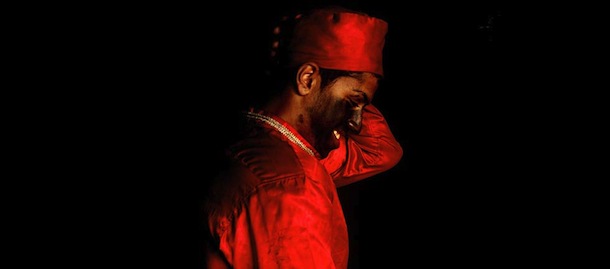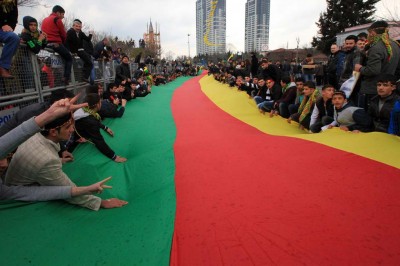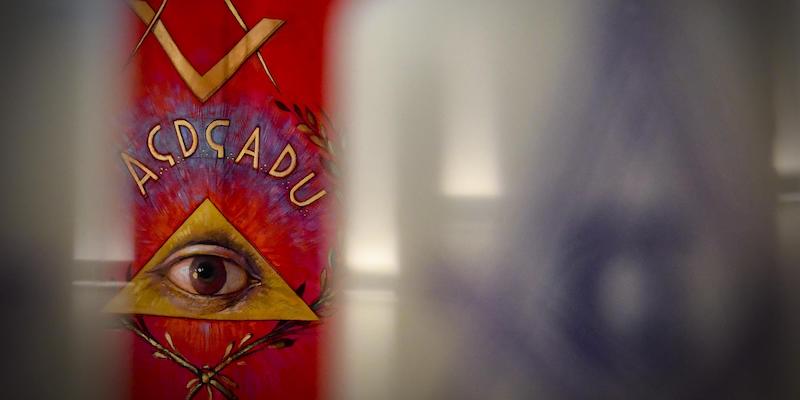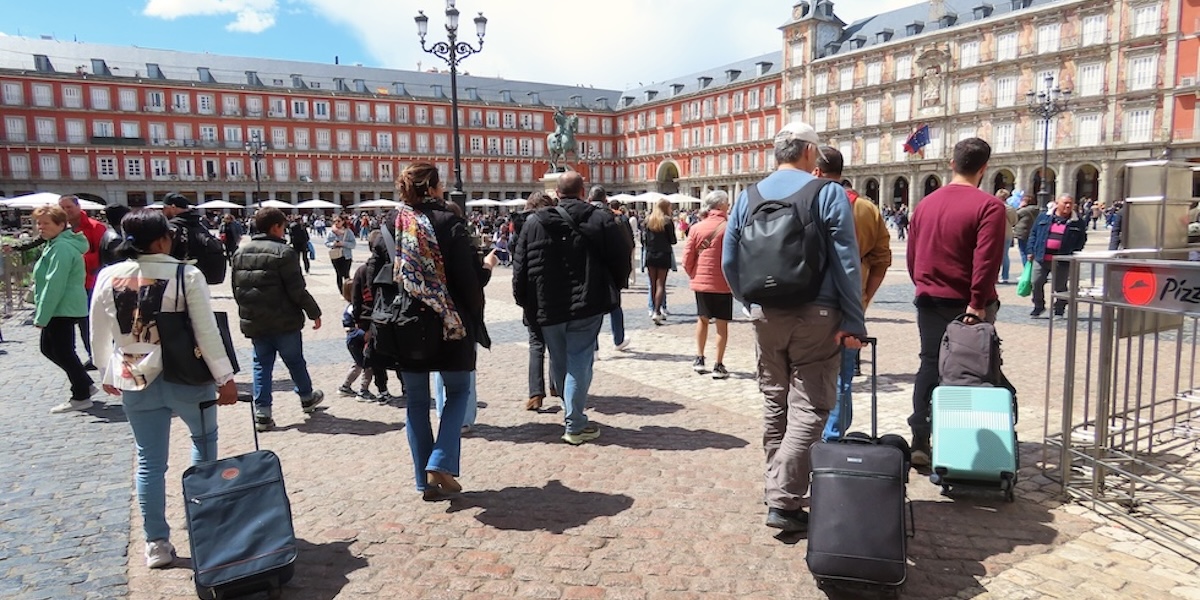Le foto del Nowruz
In un sacco di posti del mondo in questi giorni si festeggia il Capodanno persiano, che coincide con l'inizio della primavera

altre
foto
In molte parti del mondo in questi giorni si festeggia il Nowruz, ovvero il Capodanno persiano, una ricorrenza che coincide ogni anno con l’equinozio di primavera – viene festeggiato tra il 20 e il 22 marzo, a seconda del paese – e tradizionalmente onora la rinascita della natura. Il termine Nowruz deriva dall’unione di due parole: nell’antico fārsī, la lingua persiana, no significava “nuovo” e rōz “giorno” e la festività viene celebrata principalmente in Iran, Afghanistan, Azerbaigian, India, Kirghizistan, Tagikistan, Pakistan, Turchia e Uzbekistan, ovvero da tutti i popoli e le culture che un tempo facevano parte dell’impero persiano. La festa è molto sentita soprattutto dai curdi e viene considerata un importante momento di unità nazionale. Nel febbraio 2010 l’UNESCO ha riconosciuto il 21 marzo Giornata Internazionale del Nowruz, come “patrimonio culturale immateriale dell’umanità”.




















